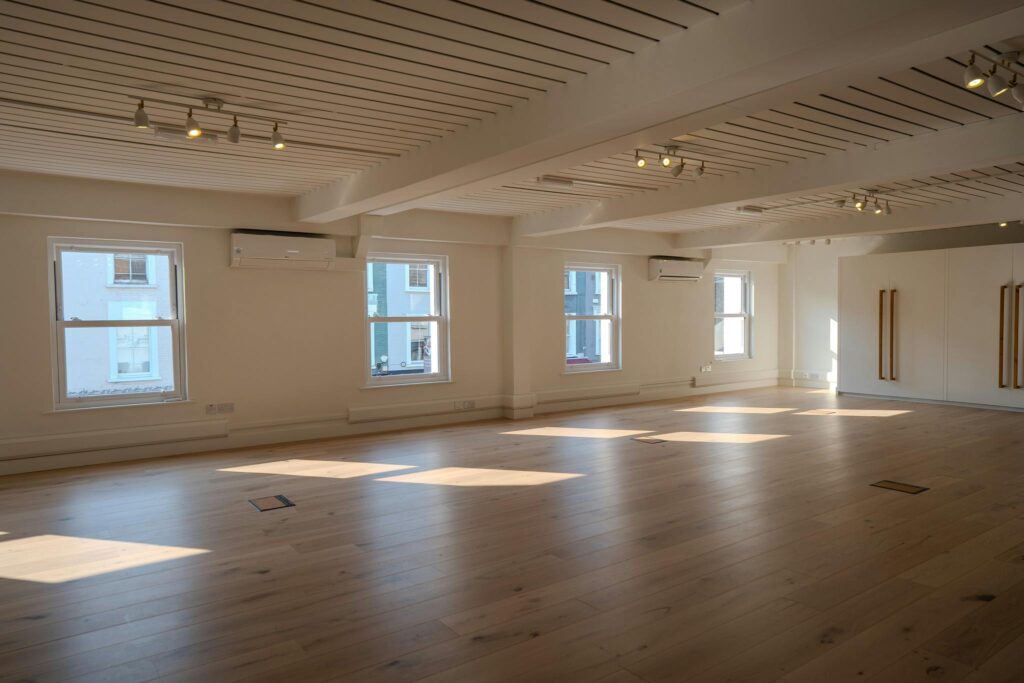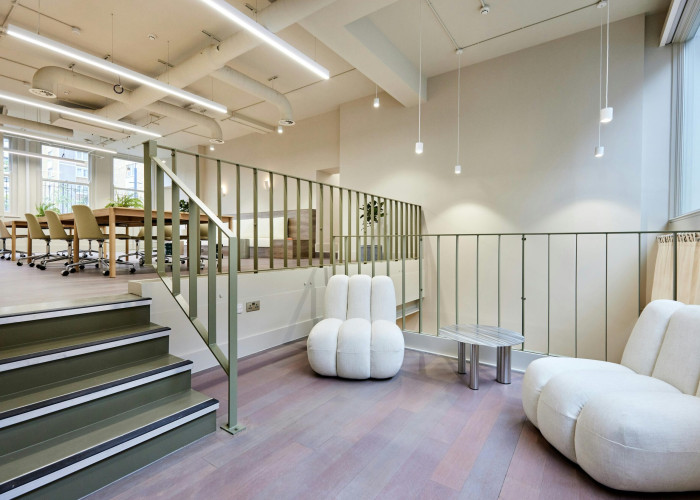You have strong legal rights to adequate ventilation under the Workplace (Health, Safety and Welfare) Regulations 1992, with landlords required to maintain minimum air quality standards. Poor ventilation can breach your lease’s quiet enjoyment provisions whilst creating health and safety liability.
Air quality in London offices has become critical following increased awareness of indoor environmental health. Many older commercial buildings struggle to meet modern standards, leaving tenants with uncomfortable conditions and potential health risks.
What Are the Legal Air Quality Standards for London Offices?
UK workplace regulations establish minimum ventilation standards for all commercial premises, requiring fresh air supply of at least 10 litres per second per person during working hours. Temperature must remain between 16-24°C, with humidity at 40-60% where reasonably practicable.
| Air Quality Standard | Minimum Requirement | Who’s Responsible |
|---|---|---|
| Fresh Air Supply | 10 litres/second per person | Building owner/landlord |
| CO2 Levels | Below 1,000 ppm (ideally) | Ventilation system |
| Temperature | 16-24°C during working hours | Lease-dependent |
| Humidity | 40-60% relative humidity | Building systems |
The Health and Safety Executive enforces these standards through workplace inspections and can issue improvement notices for buildings failing requirements. Employers have primary responsibility for adequate working conditions, but landlords must provide capable systems.
Carbon dioxide levels provide the most practical ventilation measure, with concentrations above 1,000 parts per million indicating inadequate fresh air. Levels consistently above 1,500 ppm suggest serious problems requiring immediate attention.
Recent research suggests 40% of London offices fail to meet minimum ventilation standards, particularly in converted residential buildings and older commercial properties lacking modern HVAC systems.
How Do You Measure and Document Poor Office Air Quality?
Professional air quality monitoring provides legally admissible evidence of ventilation problems whilst identifying specific issues requiring attention. Testing typically measures carbon dioxide, particulate matter, volatile organic compounds, temperature, and humidity over 24-48 hours.
Key measurement indicators include CO2 above 1,000 ppm indicating poor ventilation, particulate matter (PM2.5) above 25 μg/m³, volatile organic compounds from carpets and furniture, and humidity outside the 40-60% range.
DIY carbon dioxide monitors offer basic readings costing £50-200, but professional testing provides comprehensive analysis satisfying legal requirements. The average cost of professional assessment ranges from £300-800 depending on office size.
Documenting employee complaints provides additional evidence, particularly if staff report headaches, fatigue, or respiratory symptoms that improve outside the office. Health and safety law requires investigating workplace-related health complaints.
Photographic evidence of visible problems like mould growth, condensation, or inadequate ventilation equipment supports air quality claims whilst demonstrating ongoing issues to landlords and potentially courts.

What Legal Action Can You Take Against Poor Ventilation?
You can demand immediate remedial action, request rent reductions, or potentially terminate your lease if ventilation substantially affects business operations. Document everything and obtain professional assessment before escalating matters.
Step-by-step action process includes:
Initial Response:
- Request written acknowledgement from landlord of reported problems
- Conduct professional air quality testing for evidence
- Document employee complaints and health impacts
- Review lease terms for landlord ventilation obligations
Formal Escalation:
- Serve formal notice requiring remedial works within reasonable timeframe
- Consider rent withholding with proper legal advice
- Report to HSE for workplace safety violations
- Pursue legal action for lease breach if problems persist
Health and Safety Executive complaints can trigger inspections resulting in improvement notices against landlords, whilst lease breach claims may provide grounds for early termination or damages.
Can Poor Air Quality Affect Your Lease Renewal Rights?
Yes, persistent air quality issues strengthen your case for lease renewal on better terms or justify refusing renewal entirely. Poor working environments directly impact business productivity and employee retention, providing quantifiable arguments.
Lease renewal implications include evidence for rent reduction negotiations during renewal discussions, grounds for demanding landlord-funded air quality improvements, justification for early lease termination if issues remain unresolved, and potential compensation claims for business losses from poor conditions.
The average productivity loss from poor office air quality reaches 6-9%, providing quantifiable business impact evidence for negotiations. Employee retention problems and recruitment difficulties in poor environments create additional measurable costs.
Courts increasingly recognise the business impact of environmental conditions when considering lease disputes and renewal terms, particularly following pandemic awareness of indoor air quality importance.
What Air Quality Improvements Can You Request From Landlords?
You can request modern HVAC upgrades, enhanced filtration systems, or natural ventilation improvements. Many improvements qualify for energy efficiency grants, encouraging landlord cooperation through shared benefits.
Common improvement categories include:
Immediate Solutions:
- Enhanced air filtration systems (£2,000-10,000)
- Improved ventilation controls and monitoring
- Regular HVAC maintenance and filter replacements
Long-term Upgrades:
- Complete ventilation system replacement (£50-150 per sq ft)
- Building management system installation
- Natural ventilation improvements where feasible
Smart building controls and air quality monitoring systems increasingly appear in modern offices, providing real-time data whilst optimising energy efficiency. These systems typically cost £5,000-15,000 but provide ongoing operational benefits.
Green building improvements often qualify for grants and incentives that reduce landlord costs whilst improving tenant conditions. BREEAM and other environmental certifications increasingly influence rental values and tenant demand.
Professional air quality improvements typically provide 200-400% return through improved productivity, reduced sick leave, and enhanced employee satisfaction, making investment cases compelling for forward-thinking landlords.
Contact us for expert advice on air quality issues and tenant rights!
